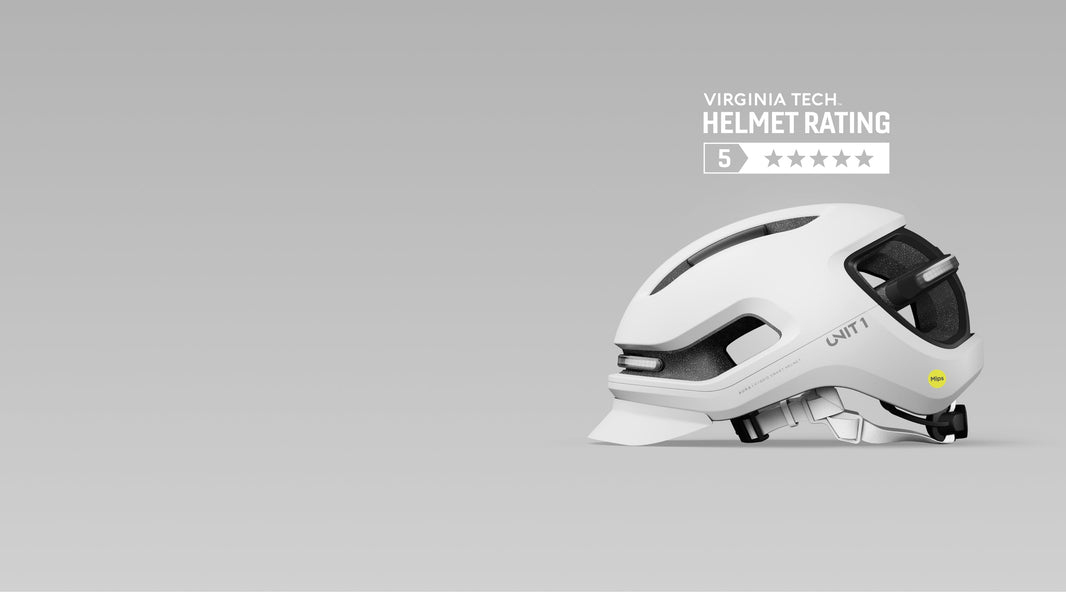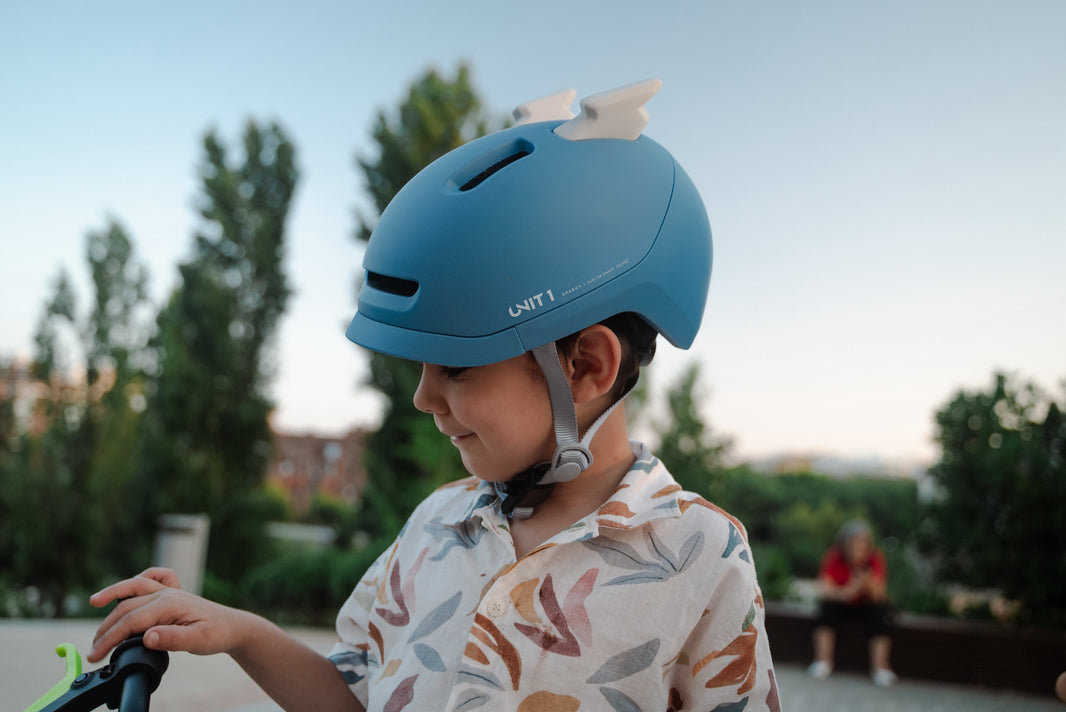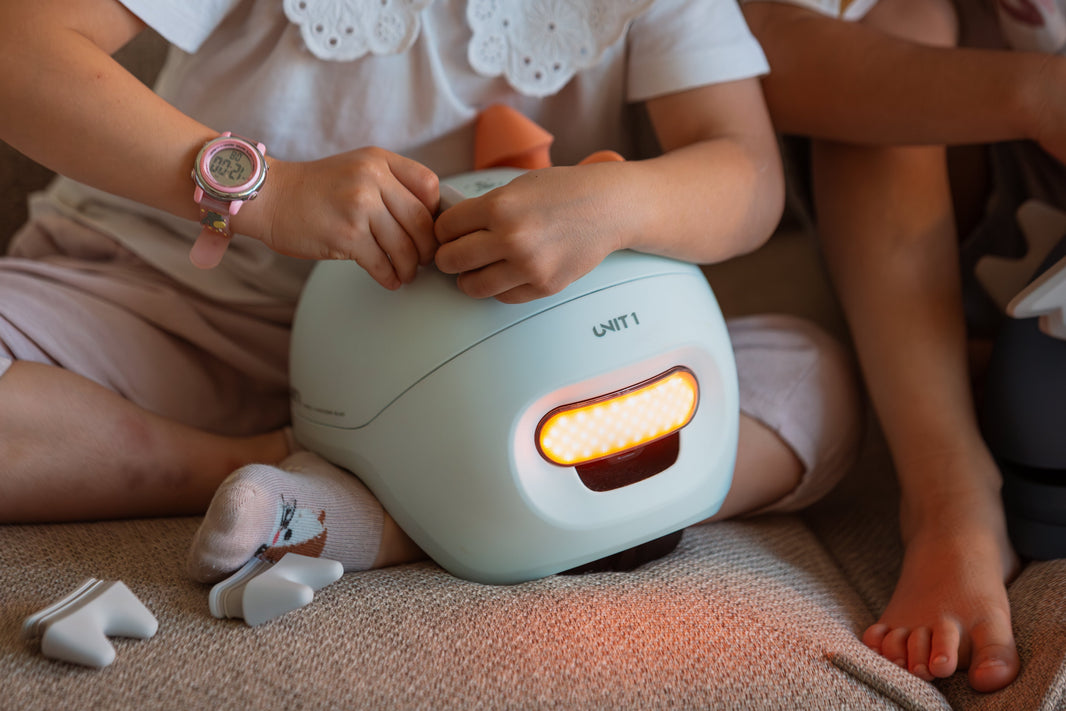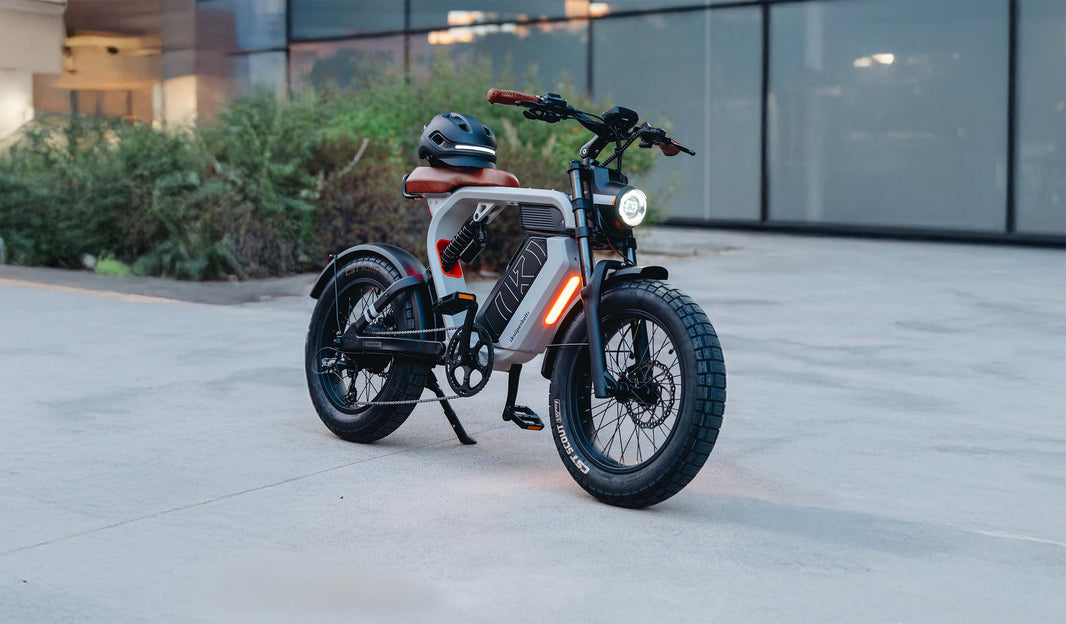Let’s be real: buying a helmet can feel like shopping for avocados at the grocery store. They all look good on the outside. But which one is actually ripe enough to protect your brain when things get sketchy?
You see a lineup of bike helmet safety certifications like CPSC, EN 1078, or the NTA 8776 standard; and you think: "Cool, so they’re all safe, right?" Well… kinda. But not all helmets are created equal. Some just squeak by the minimum test. Others go way beyond. That’s where Virginia Tech’s helmet ratings swoop in to save the day.
Bike Helmet Safety Certifications Explained: CPSC vs EN 1078 vs NTA 8776
Here’s the quick breakdown of the big three:
-
CPSC (Consumer Product Safety Commission): The US baseline. If a helmet is sold in the States, it meets this. Think of it like the "you must be this tall to ride" sign at a theme park. It’s the minimum bar.
-
EN 1078: Europe’s standard. Same concept with impact and strap tests, but not as strict when it comes to high-speed crashes.
-
NTA 8776 standard: The Dutch looked at their speedy e-bikes hitting 25 to 28 mph (about 40 to 45 km/h, tested at 6.3 m/s) and said, "Yeah, we need stronger helmets." So they built a tougher test:
-
Higher impact speeds
-
Hits against flat surfaces and curb-like edges
-
Extra coverage for temples and the back of your head (the spots you really don’t want meeting asphalt.)
-
Stress tests in heat, cold, rain, and UV (because weather can affect materials and therefore your safety).
These certifications matter. But here’s the catch: they’re pass/fail. Meeting the line just means "good enough." It doesn’t tell you which helmet actually does the best job of protecting your brain.
What is the Virginia Tech Helmet Rating and How Does it Work?
Certifications set the rules of the game. Virginia Tech acts like the referee who actually watches how helmets perform when things get real. And the best part? Their testing is voluntary, independent, and brutally honest.
Why their STAR (Summation of Tests for the Analysis of Risk) rating system matters:
-
Oblique impact testing - Most crashes aren’t straight down, so they test angled hits that cause concussions.
-
Linear and rotational forces - They measure not just the smash but also the twist, because your brain is basically Jell-O in a jar.
-
Simple star ratings - 5 stars means excellent protection, 2 stars means… maybe don’t.
-
No brand favoritism - They buy helmets off the shelf or test supplied ones the same way. No special treatment.
Translation: Virginia Tech shows you which helmets go above and beyond the sticker.
What Is the NTA 8776 Standard and Why It Matters for E-Bike Helmets
Riding a traditional road bike is one thing. Riding an e-bike or speed pedelec is another story. At 25 to 28 mph (that’s roughly 40 to 45 km/h, or 6.3 m/s in test terms) the stakes are way higher. A regular CPSC or EN 1078 helmet just isn’t built for those speeds.
That’s why the NTA 8776 standard matters so much. It ensures helmets can:
-
Handle harder hits at higher speeds
-
Survive smashes into flat surfaces and curbs
-
Protect four key impact zones (including your temples and the back of your head)
-
Hold up in heat, cold, rain, and UV
Shameless plug: our AURA smart helmet doesn’t just meet NTA 8776. It’s rocking a 5-star Virginia Tech helmet rating, ranked #17 overall, #3 in the urban category, and it’s officially the highest-ranked smart helmet on the list. Safe, stylish, and lit up like a spaceship.
How to Pick Your Next Helmet Without Regrets
-
Check the certification - CPSC if you’re in the US, EN 1078 in Europe, and definitely NTA 8776 if you ride an e-bike.
-
Look up the Virginia Tech STAR rating - Aim for 4 or 5 stars for serious concussion protection.
-
Find rotational impact protection - Features like MIPS, WaveCel, or SPIN help with sideways crashes.
-
Match your ride style - Commuter? Get more coverage and visibility. Road warrior? Go for maximum ventilation. Night rider? That’s where AURA and NEON Smart Helmets shine (literally).
Bike Helmet Safety: Certifications vs Virginia Tech Rating
Certifications get your helmet on the shelf, but they don’t tell you the full story. Virginia Tech’s helmet ratings reveal which helmets truly outperform the rest.
So when you’re weighing CPSC vs EN 1078 vs the NTA 8776 standard, remember this: if you’re going fast on an e-bike, NTA 8776 is your non-negotiable. And if you want the best of the best, the AURA Smart Helmet has you covered with a Virginia Tech 5-star rating, ranked #17 overall and #3 in the urban category. Right behind it, the NEON Smart Helmet comes in at #28 overall and #5 in the urban category. Together, AURA and NEON are the top 2 smart helmets ever tested by Virginia Tech.

Your brain isn’t replaceable. Your helmet should protect it like treasure.






